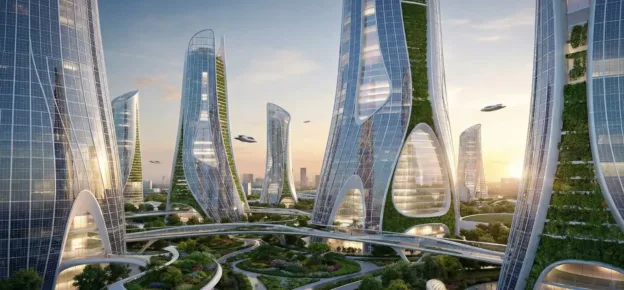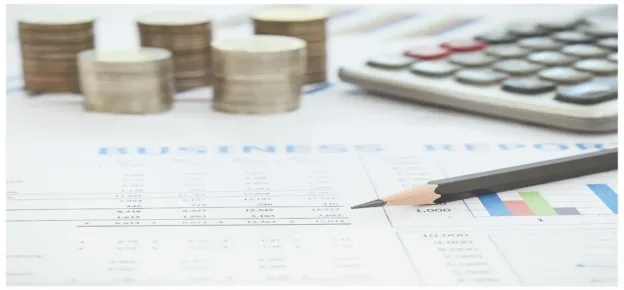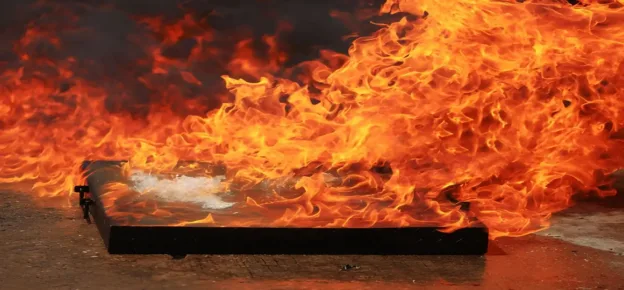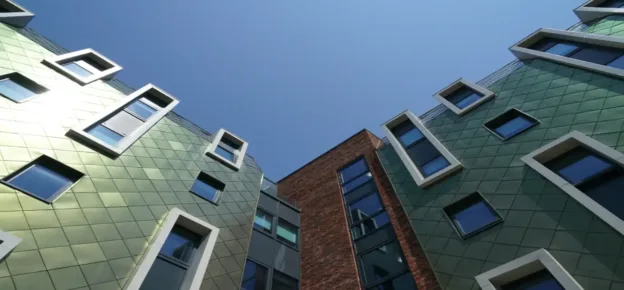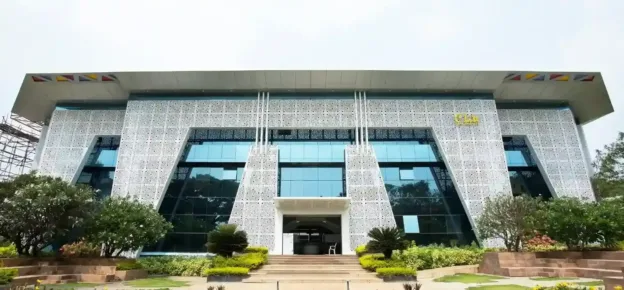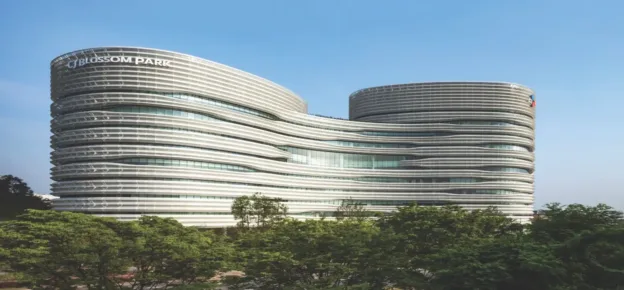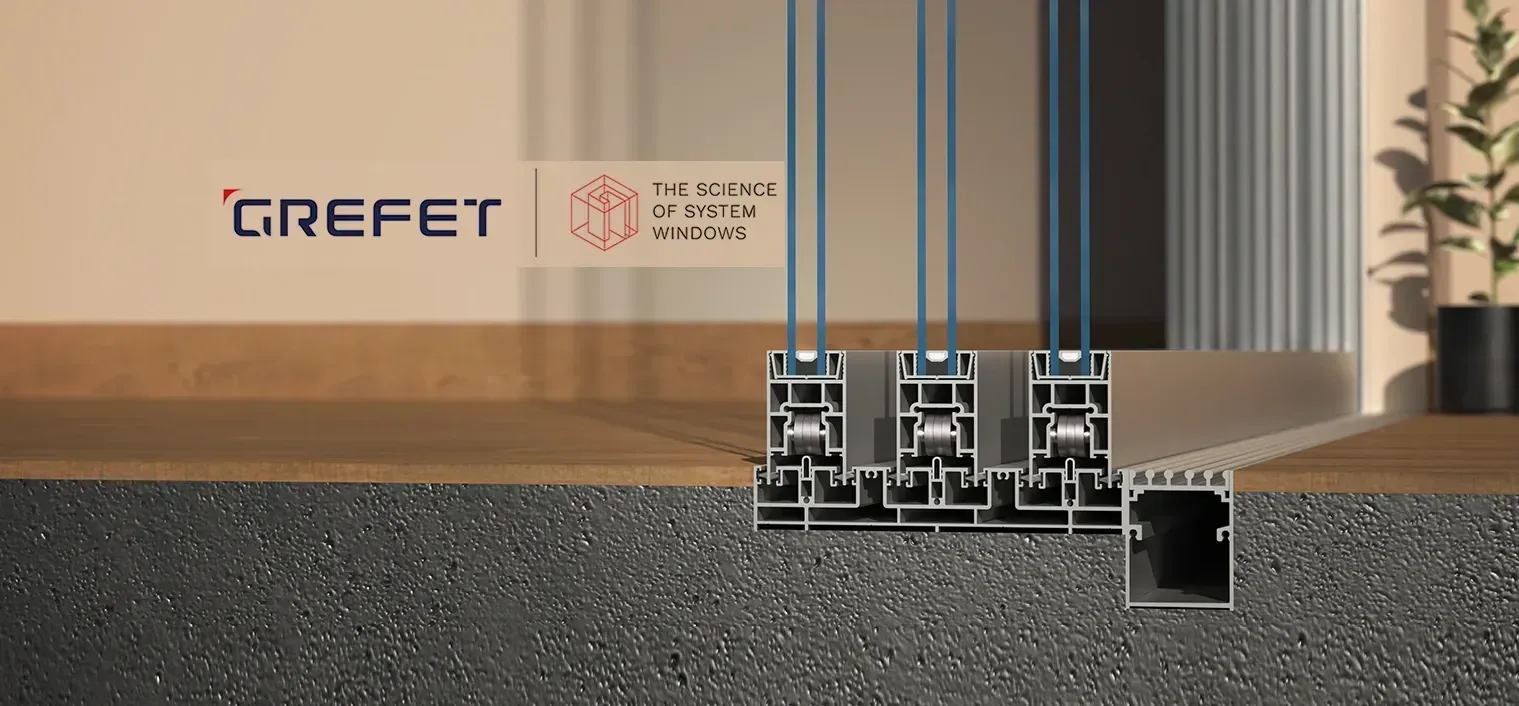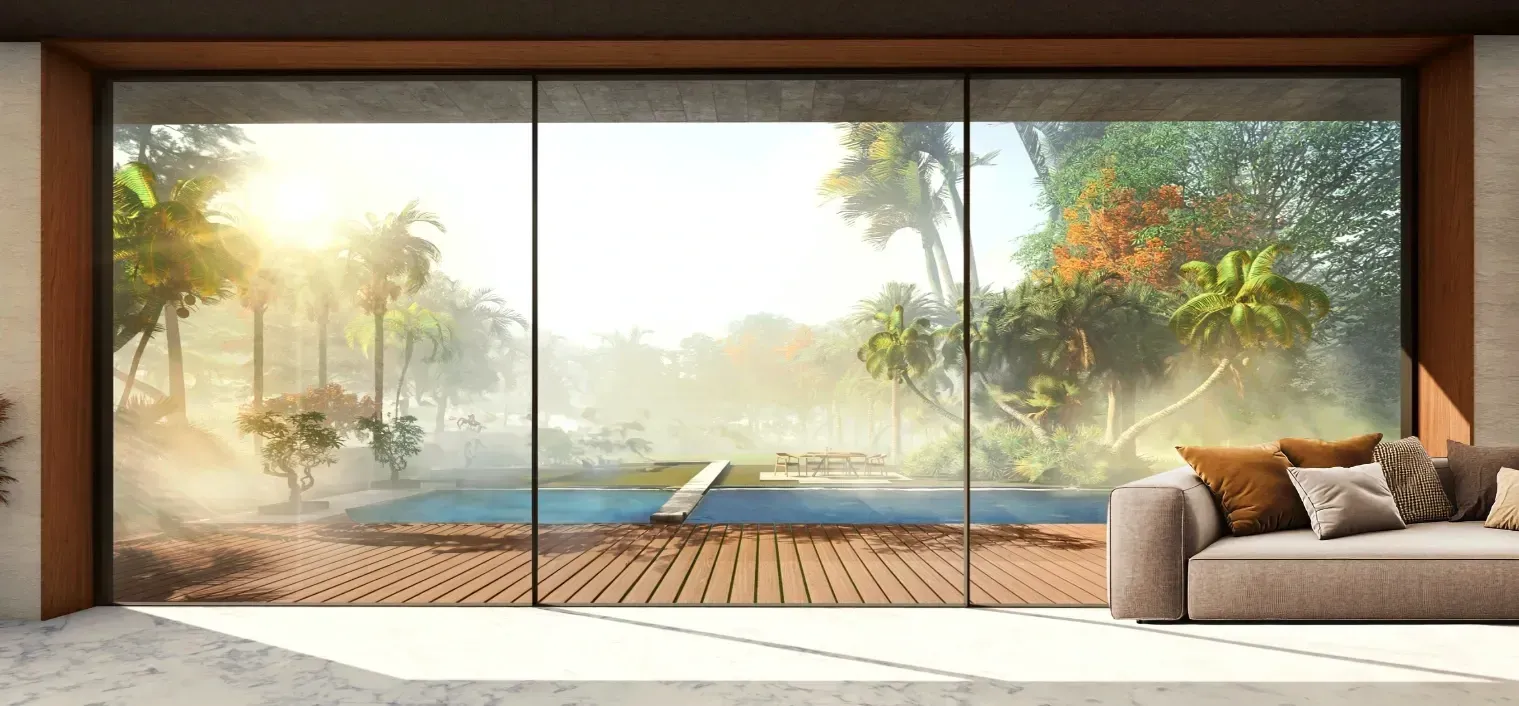Key Characters Of High-Performance Façades & Fenestrations: High-performance façades typically get associated with energy efficiency, but those have a great deal of other focus areas too, including thermal comfort, visual comfort and well-being of the building occupants for whom the building is made. Therefore, key characteristics of high performing façades include striking the right balance between efficiency, health, comfort and cost-efficiency.
Advancements In Façade & Fenestration Designs, Technologies & Materials: Façade designs have always evolved to solve problems of the particular era in which they are built. We have seen Dynamic Glass as one such revolutionary advancement in fenestration technologies, which has the power and potential of changing the way we think and use our façades. At the same time, we are moving into a Digital World, and Artificial Intelligence is right there; it will be exciting to see the integration of these high-tech elements into building façades and fenestration in the next few decades to come.
With a great deal of focus on solving global issues, including carbon footprint reduction, energy and water conservation, food crisis and pollution mitigation, the next few decades are expected to see some great advancements in façade design and technologies. To name a few, these may include Power Generating Façades, Living Walls, Dynamic & Interactive Façades, Façades Growing Fresh Air, Hydroponics addressing food crisis, etc.
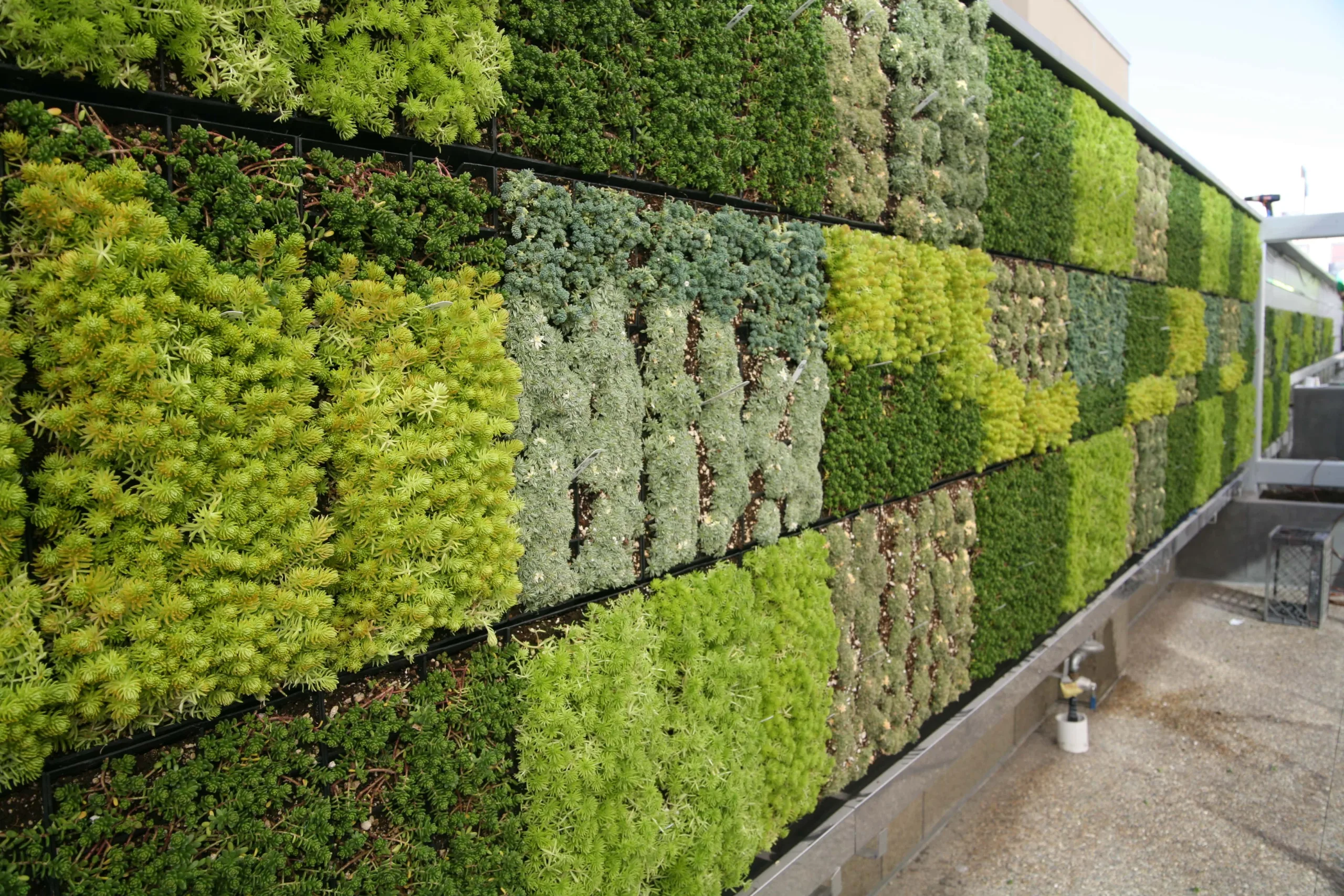
Innovations In Materials & Technologies: Without innovations in products and technologies, it is not possible to reach the next level of efficiency. One best examples can be seen in the fenestration of buildings. From zero glass in traditional building façades, we have graduated to fully glazed buildings today. Had there been no advancement and innovation in the Glazing Manufacturing industry, this would not have been possible.
Façade & Fenestration materials & technologies of future buildings have even more crucial issues in hand to solve, including carbon neutrality, energy and water neutrality, health & safety, comfort & well-being and most importantly cost-effectiveness. Therefore, innovations in materials and technologies shall be imperative to achieve highly efficient and more aesthetically appealing façades.
Tools, Automation & Digital Technologies: Digital Twinning of buildings through computer simulations have significantly helped façade design optimisation. To achieve optimised façade design considering Energy Efficiency, Cost Efficiency and Occupant Comfort perspectives, there are specialised computer simulations conducted, viz. Wind CFD Analysis, Solar & Daylight Analysis, Glare & Visual Comfort Analysis, Natural Ventilation Analysis, Parametric Modelling. etc. Whereas, for making cost-based decisions on façade, Life Cycle Cost Analysis is also undertaken to enable owners to make more thoughtful decisions.
Computer simulations conducted at different stages of the projects help optimise the building designs to enhance performance and achieve comfort at the same time. The simulations are aimed at evaluating building designs for identifying potential concerns and providing solutions to ensure appropriate façade design by identifying the most feasible and cost-effective options for the project. The quantified results help owners, architects and engineers to make informed design decisions.



